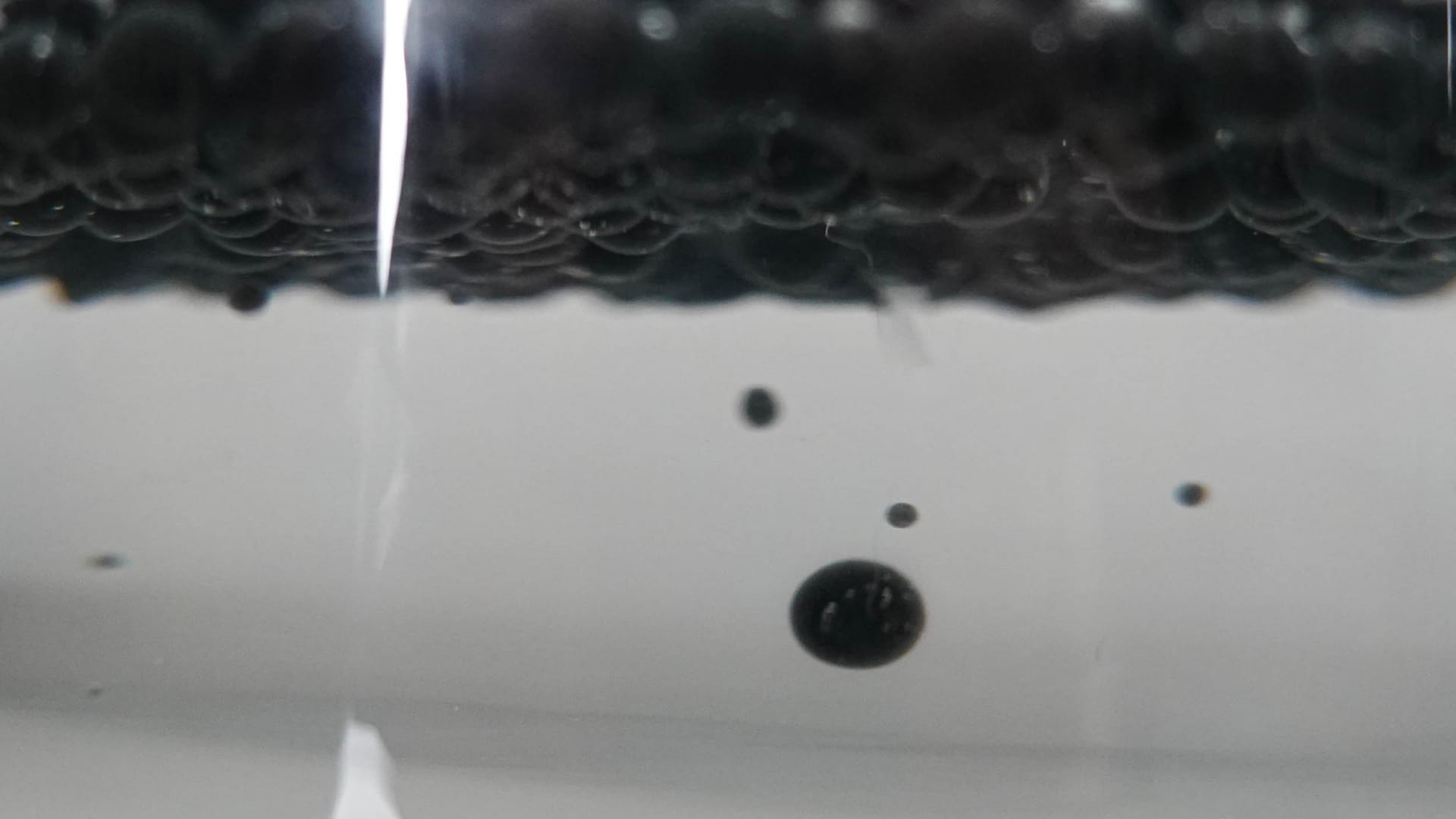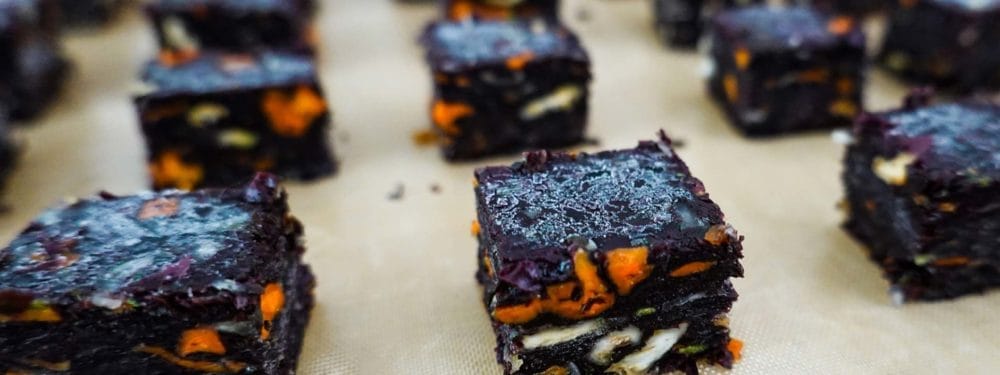It does not always have to be caviar – caviar vegan
Caviar is one of the traditional luxury products of French high cuisine. Like lobster, foie gras or oysters, it is a food associated with gourmet cuisine. But not only enjoyment is associated with it, increasingly the production methods come to the fore and unfortunately they are not always appetizing.

Fish eggs
This is precisely what can be a reason to avoid such foods or to venture into a substitute product. Caviar refers to the cleaned and salted eggs of fish, more precisely the roe of sturgeon. Very famous are the varieties Beluga (with 3.5 mm diameter the largest variety), Ossietra (2.5 mm and with firmer shell) and Sevruga (2mm, very thin shell).
To obtain caviar, the animals are usually slaughtered, only in recent years have also established methods that allow the extraction of caviar without killing.
The taste of sea in a can
We asked ourselves the question whether we can get the taste of the sea, as caviar balls in the can. Without touching a fish. We used algae as the basic product for this.
Algae exist in large quantities in the sea and they are a renewable resource. Seaweed represents the taste of the sea and is therefore perfect.

We use kombu algae, a sea lettuce and tsonomata algae. We boil the seaweed with water for about 2.5 hours over medium heat. In the process, they develop a not so pleasant smell. It smells a bit like summer, when the nights at the harbor are oppressively warm and the water takes on a slightly musty odor. But the taste is surprisingly pleasant, slightly iodine, the pure taste of the sea. We leave the broth with the seaweed to cool, and it takes on a gelatinous texture. Almost cut like an aspic – vegan sea aspic, a good idea for a future project. Gelled water has definitely made it trendy like the Raindrop Cake.
The cooled broth, we warm up again and strain it through a fine sieve. To enhance the flavor a little, we increase the salt content, to our taste. We imitate the typical look of caviar using a technique made famous by Ferran Adrià.
Recreate nature
Encapsulation makes it possible to gel liquid ingredients in small spheres. Two components are essential for this: calcium chloride and alginate. So we bind our seaweed caviar with seaweed. For this purpose, we prepare a calcium chloride water bath consisting of 1l of water with and 9g of calcium chloride. We mix the water with a whisk. We dose the alginate with 5 g per liter. For this we take the seaweed stock and carefully mix in the powder with a blender. We let both liquids rest for 12 hours. This allows the calcium chloride to dissolve and the alginate to swell optimally. After the liquids are dissolved and swollen, we mix them by type with the blender. We lightly color our caviar broth with a plant ash, giving it an intense black hue. In terms of taste, the plant ash has no effect.
We now pour the seaweed stock into a syringe. This has a very thin cannula. We hold the cannula about 3 cm above the calcium chloride bath and allow drop by drop to slide into the water. In water, both liquids react and a thin membrane is formed, but the core remains liquid. Each caviar ball here is real handwork. We fish our caviar ball out of the water bath with a strainer and rinse it under cold water to stop gelation. Ready is the seaweed caviar Made by Milk.
Imitate cooks
A classic of German high cuisine by Helmut Thieltges we implement with it in a simpler, vegan variant: “Gâteau du Pomme de Terre with vegan caviar”.

Packaging design agency with its own food lab
Packaging design for food would be unthinkable without an increased interest in what we are packaging: food. As simple as it sounds, in reality, artwork briefings are rarely accompanied by true taste samples. We deliberately leave the PC world of PDF briefings to come into direct contact with the food. To that end, we run an in-house food lab where products are decoded and presented for the design team. In this way, the packaging designer should be able to use a deeper understanding of the food for the design.






